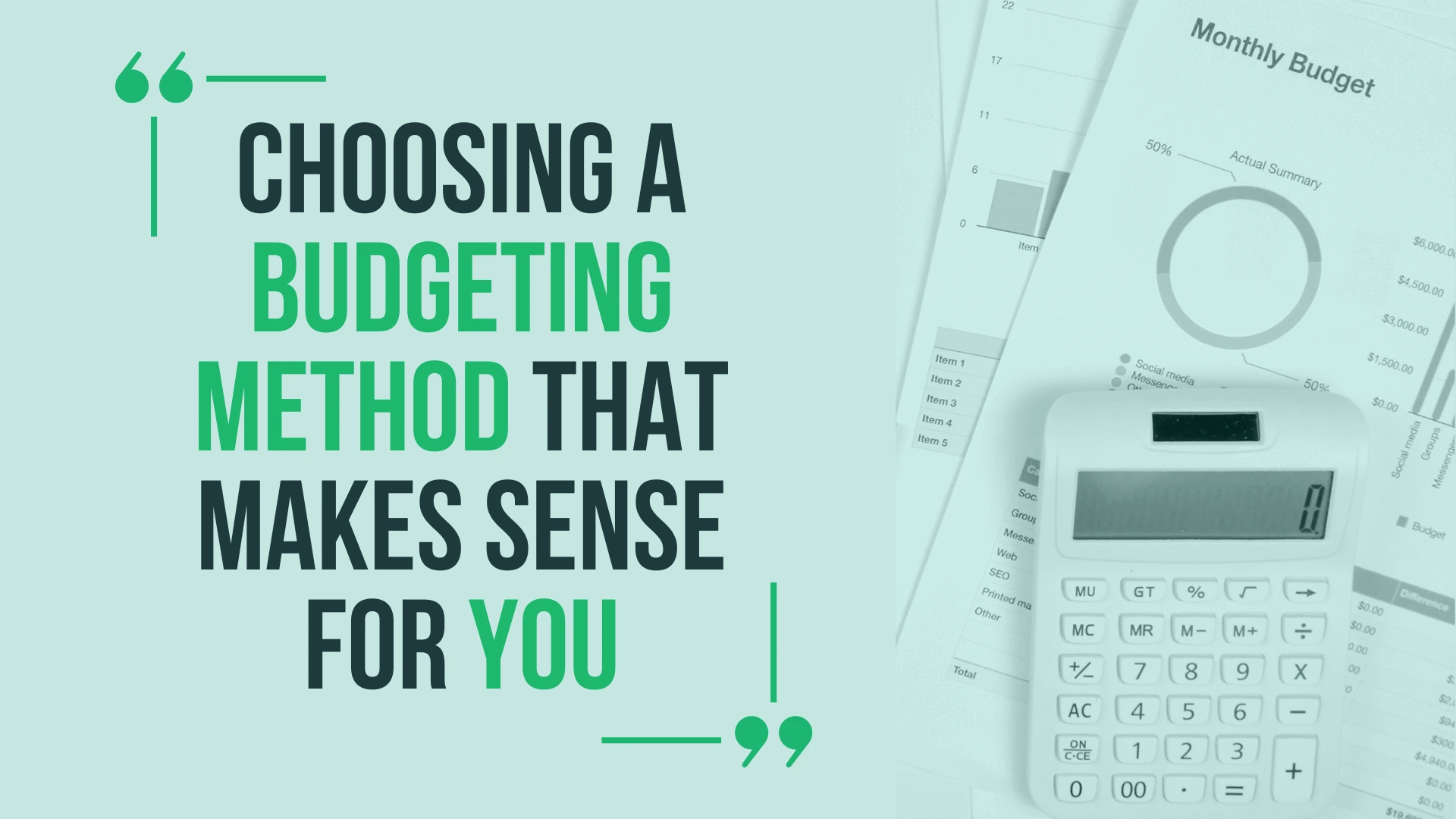Cashflows vs. Accruals
Pop Quiz! Suppose you pay your car insurance twice per year – once in February and again in
August. Each semi-annual invoice is $600. In your budget, what would you record in the month of
July?
A: $0
B: $100
C: $600
D: None of the above
Follow up question (using the same possible answers) – how much expense would you record for August?
Your answer to both questions likely depends on your budgeting mindset.
A cashflow-based budgeting mindset focuses on when you actually receive or make a cash payment.
In this case, you would recognize a $600 cash outflow in the months of February and August.
With accrual-based budgeting, the actual cashflow date is less meaningful. What matters, is the value
of the goods or services consumed during the period. Despite not making a payment in any of the intervening
months between the payment dates, in the above example, accrual budgeting would "see" a monthly expense of
$100, every single month of the year.

Why is this important?
Imagine driving at night and after rounding a bend, you come upon a deer
standing IN THE MIDDLE OF THE ROAD. While flooring your brakes, you simultaneously think – oh no, did I
make my last car insurance payment? Imagine including an accrual of $100 per month for your car
insurance in your monthly budget, only to have the actual $600 semi-annual payment sneak up on you as
stealthily as that deer just did.
Talk about a major blind spot!
Cashflow-based budgeting helps provide visibility and helps ensure you’ll have the money in your financial
account or wallet when you need it.
So why do I need accrual based budgeting?
Imagine palm fronds blowing in the wind, with a touch of sea salt in the breeze. Planning a vacation is more
than than figuring out how to save up and pay for it. Without accruing some savings each budgeting period
towards vacation, it may be difficult to save up enough money to reach the beach.

Insurance payments, vacations, real estate tax bills, holiday gifts – are all examples of expenses of that
don’t always come due at the same time and in the same order as our income. Simply put, there’s a timing
mismatch.
Troutwood shows your budget both ways!
Rather than making you live with the downsides of settling for one method alone. Cashflow and
accrual-based budgeting are complementary ways to view and manage your finances. With
Troutwood’s daily cashflow forecasting functionality, you can plan and save today for tomorrow’s big
expenses without losing sight of your future. The benefit of a daily cash-flow based approach is that you can
visualize your earnings and spending between any two dates.
With Troutwood you can model every cash inflow or outflow for each and every day fifty years out and beyond,
while witnessing in real time, the projected impact on your finances.
Sleep better
Whether you’re still wiping the sweat off your brow after that near-miss with the deer, or whether you moved
past that trauma and are just now laying down in a hammock – margarita in hand – know that Troutwood has both
you and your money covered with advanced budgeting made easy! We planned hard so that you won’t need
to.
Interested in reading more on this topic?
- Forbes: Cash vs Accrual Accounting
- NerdWallet: Cash vs Accrual Accounting
- Investopedia: Accrual Accounting vs Cash Basis
*DISCLAIMER:* The information presented on or through this article is made available solely for general information purposes. We do not warrant the accuracy, completeness, or usefulness of this information. Any reliance you place on such information is strictly at your own risk. We disclaim all liability and responsibility arising from any reliance placed on such materials by you or any other visitor to the article, or by anyone who may be informed of any of its contents.
